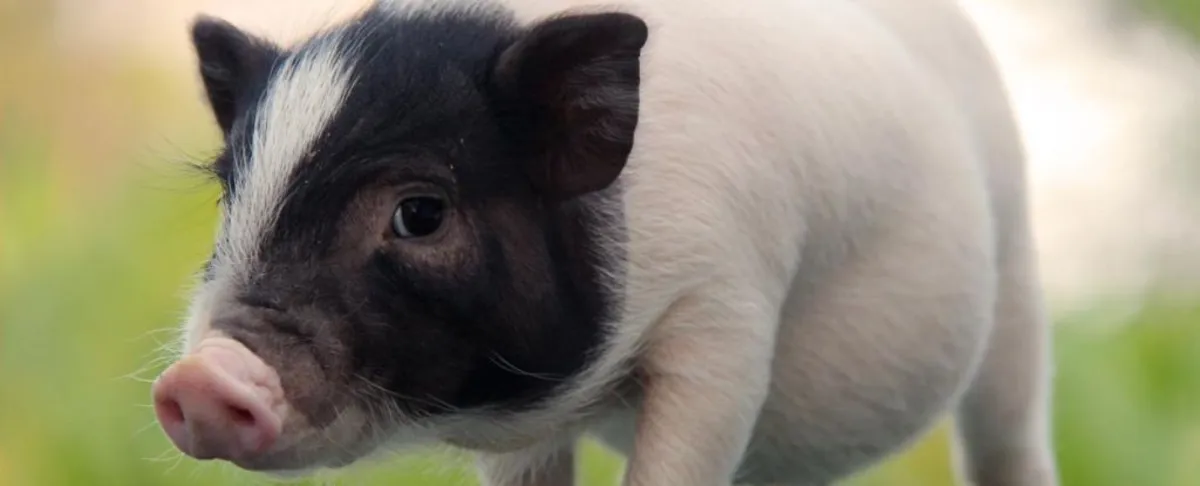
A recent groundbreaking achievement in the field of xenotransplantation has been made, with a genetically modified pig lung successfully transplanted into a brain-dead human patient. This pioneering procedure lasted for nine days, showcasing both the potential and the considerable challenges that lie ahead in this emerging medical frontier. Conducted by scientists at the First Affiliated Hospital of Guangzhou Medical University in China, the experiment ultimately faced complications as the patient exhibited signs of organ rejection, leading to the termination of the study and the patient's passing.
This remarkable case marks the first instance of a pig lung transplant into a human recipient, representing a significant milestone in medical science. It offers a glimpse into the future of organ transplantation, particularly as the availability of suitable human donor organs remains a critical bottleneck for many patients in need. In response to this pressing issue, medical professionals have turned to xenotransplantation, which involves the genetic modification of organs from non-human animals, primarily pigs. The aim is to create viable alternatives that can serve as temporary solutions while patients await suitable human organ donors.
The research team, led by surgeon Jianxing He, aimed not for immediate success, but rather to study how the patient's immune system would respond to the transplanted organ. The patient, a 39-year-old man, had been declared brain-dead following a brain hemorrhage, and his family consented to the experimental procedure. The donor was a six-gene-edited Bama miniature pig, designed to minimize immune and inflammatory responses through rigorous CRISPR gene editing.
During the intricate surgical operation, the pig's left lung was placed into the patient's chest cavity and connected to the airways, arteries, and veins. While the research paper did not detail the fate of the donor pig, it is typical that such animals do not survive after a major organ is extracted. Post-surgery, the patient received a series of immunosuppressants that were carefully adjusted based on his body’s reactions over the experimental period.
Initially, the transplant appeared successful, with no immediate signs of hyperacute rejection in the hours following the procedure. However, within 24 hours, severe swelling (edema) was observed, likely due to blood flow restoration to the transplant area. Days three and six of the experiment revealed further complications, as antibody-mediated rejection led to significant tissue damage, culminating in primary graft dysfunction—a severe lung injury that is a leading cause of mortality in lung transplant patients.
Despite some signs of recovery by day nine, the experiment reached its conclusion. The complexity of lung transplants stems from their direct exposure to outside air, necessitating a robust immune response to protect against airborne pathogens. The researchers successfully demonstrated the transplantation of a pig lung into a human, averting the immediate dangers of hyperacute rejection—a crucial first step in the field of xenogeneic lung transplantation.
The early onset of pulmonary edema highlighted the need for strategies to prevent primary graft dysfunction in future studies. The researchers emphasized the importance of optimizing immunosuppressive regimens, refining genetic modifications, improving lung preservation techniques, and evaluating long-term graft function beyond the acute phase. Addressing these challenges is essential for advancing the field of xenotransplantation and bringing it closer to clinical application.
This study not only sheds light on the immune, physiological, and genetic barriers that must be overcome in xenotransplantation but also paves the way for future innovations. As research continues, there is hope that these insights will lead to improved approaches in lung transplantation, ultimately saving lives and expanding the possibilities within the medical community.